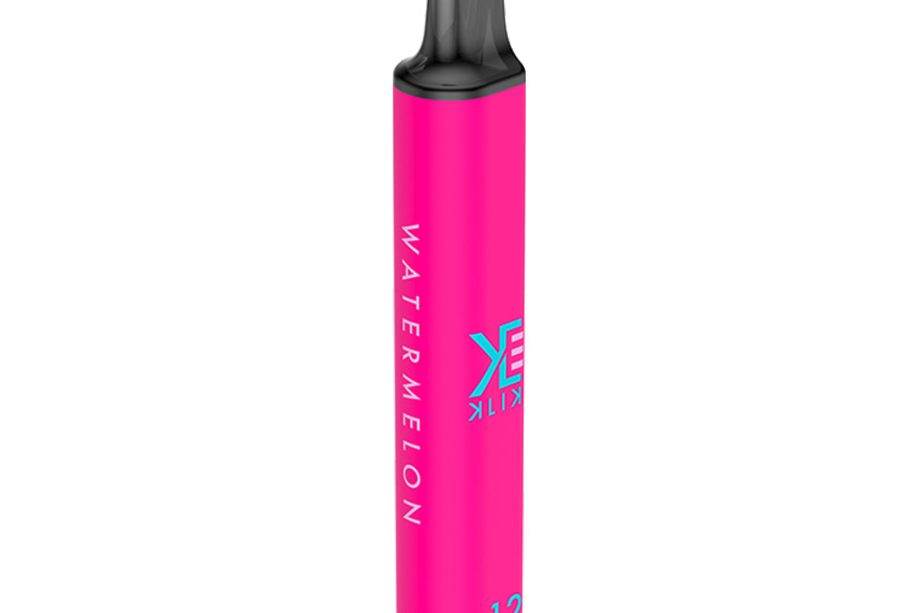The Growing Popularity of Disposable Vapes in the UK

Introduction
Disposable vapes have become increasingly popular in the UK, presenting a convenient alternative for smokers seeking to switch to vaping or for new users looking for an easy entry point into the vaping market. With rising concerns about smoking-related health issues, the rise of disposable vapes raises important questions regarding their health implications, environmental impact, and regulation.
Market Trends and Adoption
Recent reports indicate that the UK vape market has seen a significant surge in disposable vape sales. According to the Office for National Statistics, approximately 3.6 million adults in the UK now use e-cigarettes, and a substantial proportion of these users has gravitated towards the disposable variety. The appeal lies in their affordability and ease of use, as no refilling of e-liquid or changing of coils is required.
Brands like Geek Bar and Elf Bar have dominated the market, offering a variety of flavours that attract younger consumers. A report by Global Data suggests that sales of disposable vapes accounted for nearly 35% of the UK vaping market in 2022, highlighting their significant impact on consumer choice.
Health Implications
While disposable vapes are marketed as a safer alternative to traditional cigarettes, public health experts caution that they are not without risks. The UK Health Security Agency stresses the need for long-term studies to assess the safety of these products, particularly among young people who may be more susceptible to nicotine addiction. The rising popularity of flavoured vapes has sparked debates on whether these products are contributing to an increase in vaping among minors.
Environmental Concerns
In addition to health risks, the environmental implications of disposable vapes have prompted discussions on sustainability. Disposable vapes, often made from plastic and containing lithium-ion batteries, raise concerns regarding waste and pollution. Environmental groups are advocating for stricter regulations and better recycling initiatives to mitigate the growing environmental impact.
Conclusion
The rise of disposable vapes signifies shifting trends in consumption patterns among smokers and youths alike. As the industry continues to grow, it is vital for regulators to tackle health, safety, and environmental concerns associated with disposable vaping devices. Future policies may focus on stricter regulations regarding marketing, sales, and usage, particularly among younger demographics. A balanced approach will be crucial to ensure that the benefits of vaping as a smoking cessation tool do not come at the expense of public health and environmental sustainability.









